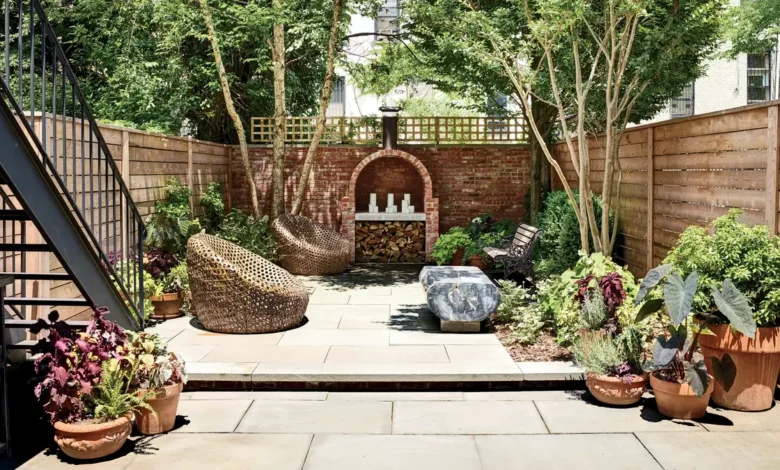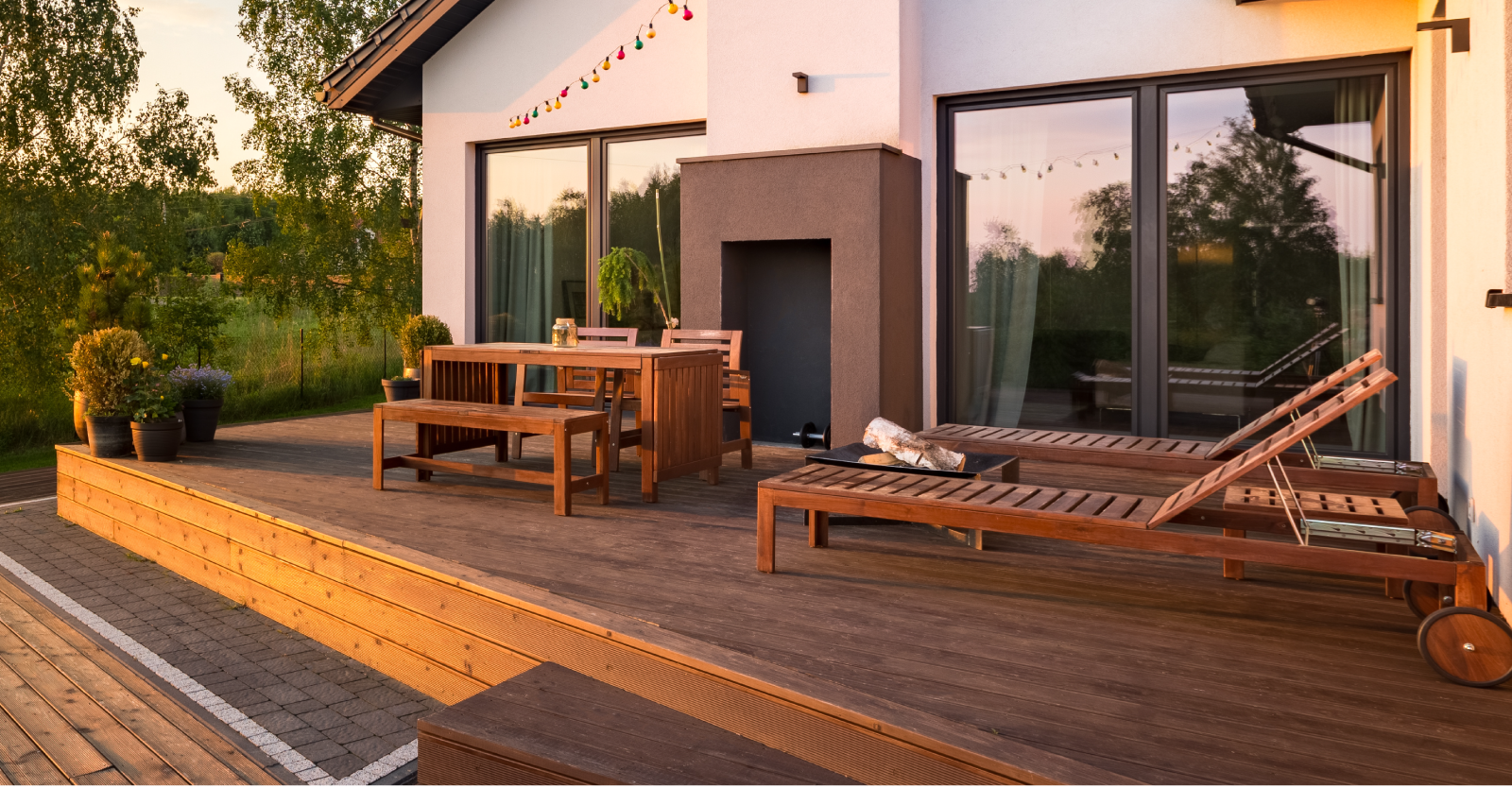Elevate Your Adventures: The Ultimate Guide to Outdoor Projects

Introduction to Outdoor Projects
Outdoor Projects When the great outdoors calls, there’s nothing quite like answering with a personal project that transforms nature into your playground. Whether it’s a cozy backyard oasis, a hiking trail, or a camping retreat, outdoor projects are a fantastic way to blend creativity with adventure. This guide will help you navigate the exciting world of outdoor projects, offering insights and tips that only an expert can provide. Ready to elevate your adventures? Let’s dive in!
Planning Your Outdoor Project
1.1 Vision and Goals
Every great project starts with a vision. Whether you’re dreaming of a serene garden, a sturdy treehouse, or an epic Outdoor Projects kitchen, it’s essential to clearly define your goals. Ask yourself: What do I want to achieve? How will this project enhance my outdoor experience? By setting specific objectives, you’ll stay focused and motivated throughout the process.
Think about the functionality of your project. Do you want a space for entertaining guests, a private retreat for relaxation, or a playground for the kids? Your goals will shape the design and materials you choose, ensuring that the end result meets your needs and desires.
1.2 Budget and Resources
Before breaking ground, it’s crucial to establish a budget. Outdoor projects can range from budget-friendly DIY endeavors to more substantial investments requiring professional help. Make a list of materials, tools, and any additional resources you might need. This will help you stay on track financially and avoid unexpected costs.
Consider sourcing materials sustainably. Reclaimed wood, recycled metal, and eco-friendly options can not only reduce your environmental impact but also add unique character to your project. Plus, it’s a great way to save money and support sustainable practices.
1.3 Timeline and Planning
Creating a timeline is another vital step. Depending on the scope of your project, you might need a few weekends or several months to complete it. Break down the process into manageable phases, setting realistic deadlines for each stage. This approach will keep you organized and prevent the project from becoming overwhelming.
Remember to factor in weather conditions and seasonal changes. Some projects are best tackled in the spring or summer, while others might be more suitable for the cooler months. Proper planning ensures that you can work efficiently and enjoy the process without unnecessary stress.
Designing Your Outdoor Space
2.1 Layout and Functionality

Designing your Outdoor Projects space is where creativity truly comes into play. Start by sketching out a rough layout, considering the flow and functionality of the area. Think about how you will use the space and arrange elements accordingly. For instance, a fire pit might be the focal point of a social gathering area, while a garden could provide a tranquil escape.
Consider the natural features of your property. Incorporating existing trees, rocks, and terrain into your design can create a harmonious blend between man-made structures and nature. Use these features to your advantage, creating a space that feels organic and integrated into its surroundings.
2.2 Aesthetics and Theme
Choosing an aesthetic or theme will help guide your design choices. Whether you prefer a rustic, modern, or eclectic style, maintaining a cohesive look will enhance the overall appeal of your project. Select colors, materials, and decorations that complement each other and reflect your personal taste.
Lighting is a crucial element in Outdoor Projects design. Proper lighting can transform a space, adding warmth and ambiance during the evening hours. Consider using solar-powered lights, string lights, or lanterns to create a magical atmosphere. Not only do they look great, but they also provide practical illumination for safety and functionality.
2.3 Sustainability and Eco-Friendly Choices
Incorporating sustainable practices into your outdoor project is not only beneficial for the environment but also for your wallet. Opt for native plants that require less water and maintenance. Use permeable materials for walkways and patios to reduce runoff and promote groundwater recharge.
Consider installing a rainwater harvesting system to collect and reuse rainwater for irrigation. Solar panels can provide renewable energy for Outdoor Projects lighting and other electrical needs. By making eco-friendly choices, you’ll create a space that’s both beautiful and sustainable.
Building and Execution
3.1 DIY vs. Professional Help
Deciding whether to tackle your outdoor project yourself or hire a professional depends on several factors. If you have the skills and time, DIY can be a rewarding and cost-effective option. There are plenty of resources available online, from tutorials to forums, where you can find guidance and support.
However, for more complex projects or those requiring specialized knowledge, hiring a professional might be the best route. Landscapers, builders, and designers can bring your vision to life with expertise and efficiency. Be sure to research and select reputable professionals to ensure quality results.
3.2 Safety and Preparation
Safety should always be a top priority when working on outdoor projects. Wear appropriate protective gear, such as gloves, goggles, and sturdy footwear. Familiarize yourself with the tools and equipment you’ll be using, and follow all safety guidelines.
Before starting any construction, check for underground utilities and obtain any necessary permits. Clearing the area of debris and obstacles will also help prevent accidents. Taking these precautions will ensure a smooth and safe building process.
3.3 Step-by-Step Construction
Breaking down the construction process into manageable steps will keep you organized and motivated. Start with the foundational elements, such as laying a solid base for structures or marking out garden beds. Gradually build up from there, focusing on one phase at a time.
Regularly assess your progress and make adjustments as needed. Flexibility is key, as unexpected challenges can arise. Don’t be afraid to seek help or advice if you encounter difficulties. Remember, the journey is just as important as the destination.
Maintaining Your Outdoor Projects Space
4.1 Seasonal Care
Once your project is complete, maintaining your Outdoor Projects space is essential to keep it looking its best. Different seasons require different care routines. In the spring, focus on planting and pruning. Summer might involve more frequent watering and weeding, while fall is the time to prepare your space for winter.
Regularly inspect structures for wear and tear, addressing any issues promptly to prevent further damage. Investing time in maintenance will extend the life of your outdoor project and ensure it remains a beautiful and functional part of your home.
4.2 Eco-Friendly Practices
Sustainability doesn’t end with construction. Implementing eco-friendly practices in the maintenance of your Outdoor Projects space will contribute to a healthier environment. Use organic fertilizers and pest control methods to minimize chemical use. Composting kitchen and garden waste can provide nutrient-rich soil for your plants.
Conserving water is also important. Water your garden during the cooler parts of the day to reduce evaporation and use mulch to retain moisture in the soil. These practices will help you create a thriving Outdoor Projects space while reducing your ecological footprint.
4.3 Enhancements and Upgrades
An outdoor project is never truly finished. As your needs and preferences evolve, consider making enhancements and upgrades. Adding new plants, updating furniture, or installing additional features can keep your space fresh and exciting.
Stay inspired by exploring new trends and ideas. Whether it’s a vertical garden, a water feature, or a cozy Outdoor Projects fireplace, there’s always something new to discover. Continuous improvement will ensure that your outdoor space remains a dynamic and enjoyable part of your home.
Conclusion
Outdoor projects are a fantastic way to connect with nature, express creativity, and enhance your living space. From the initial planning stages to the final touches, every step is an opportunity to create something unique and meaningful. By following this guide, you’ll be well on your way to elevating your adventures and enjoying the countless benefits of a well-designed Outdoor Projects space. So, what are you waiting for? Grab your tools and start building your dream outdoor project today!